Before social media reigned supreme, there were so many places on the web that people called home. The internet was all about destinations back then: Different websites hosted different communities, focusing on experiences as universal as parenting or professions and as niche as a favorite song or TV show. There were so many different websites to explore, making time online a real treat. It gave a feeling of endless possibility that today’s more centralized online communities lack.
Though most of the sites are long gone, these are some of the best websites that are now defunct and fondly remembered by their patronage.
MySpace
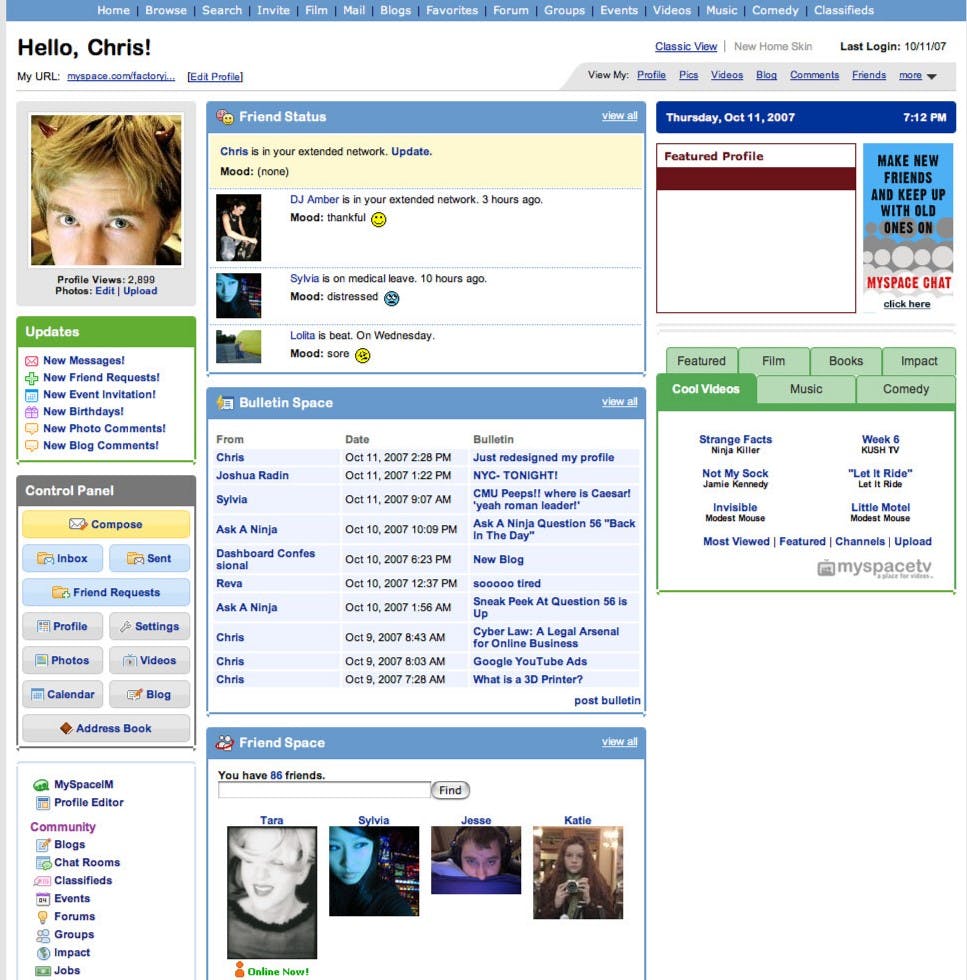
MySpace was many people’s introduction to social media, and in many ways, it was the last place online to let your authentic personality shine. The customizable elements and different ways to engage with others let people make connections that felt intentional and personal. From custom songs and images you could place on your profile to the updates, messaging, and “Top 8”, there were endless things you could spend time on.
At its peak, it was also a wonderful place for artists to promote their music, for fans to find new artists, and for them to engage with genres they might not otherwise have encountered.
GeoCities
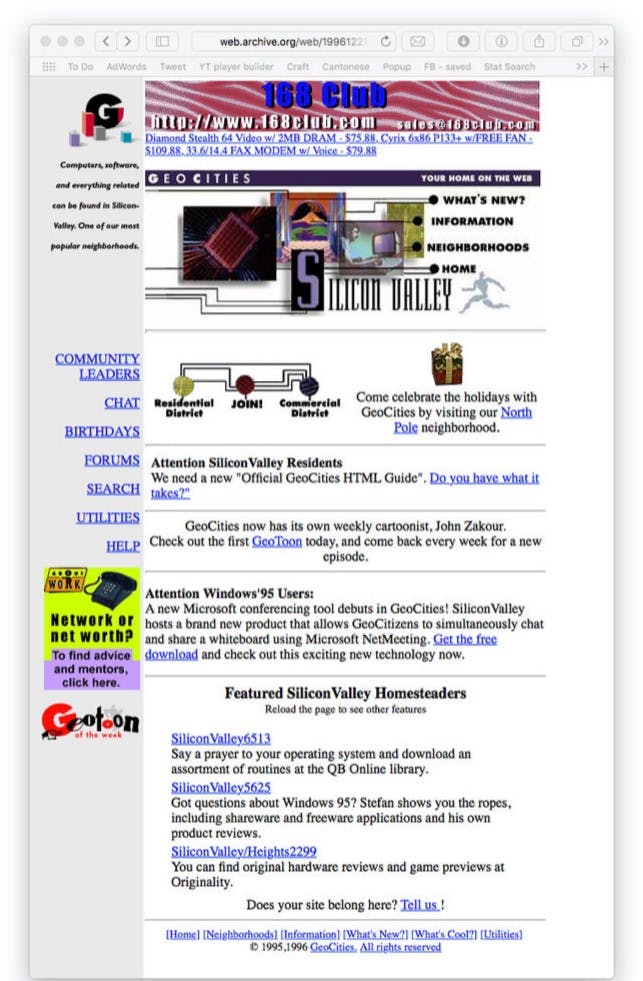
Geocities allowed people to create their own web pages and publish their own content online. For most people, it was the first such outlet, formulating many of their early web experiences.
That ability gave fandom one of its first centralized online homes. There were different communities for different interests when it first started and from there, it truly blossomed and gave online homes to many niche subjects. There are still nostalgia projects to this day keeping the aesthetic alive, too.
StumbleUpon
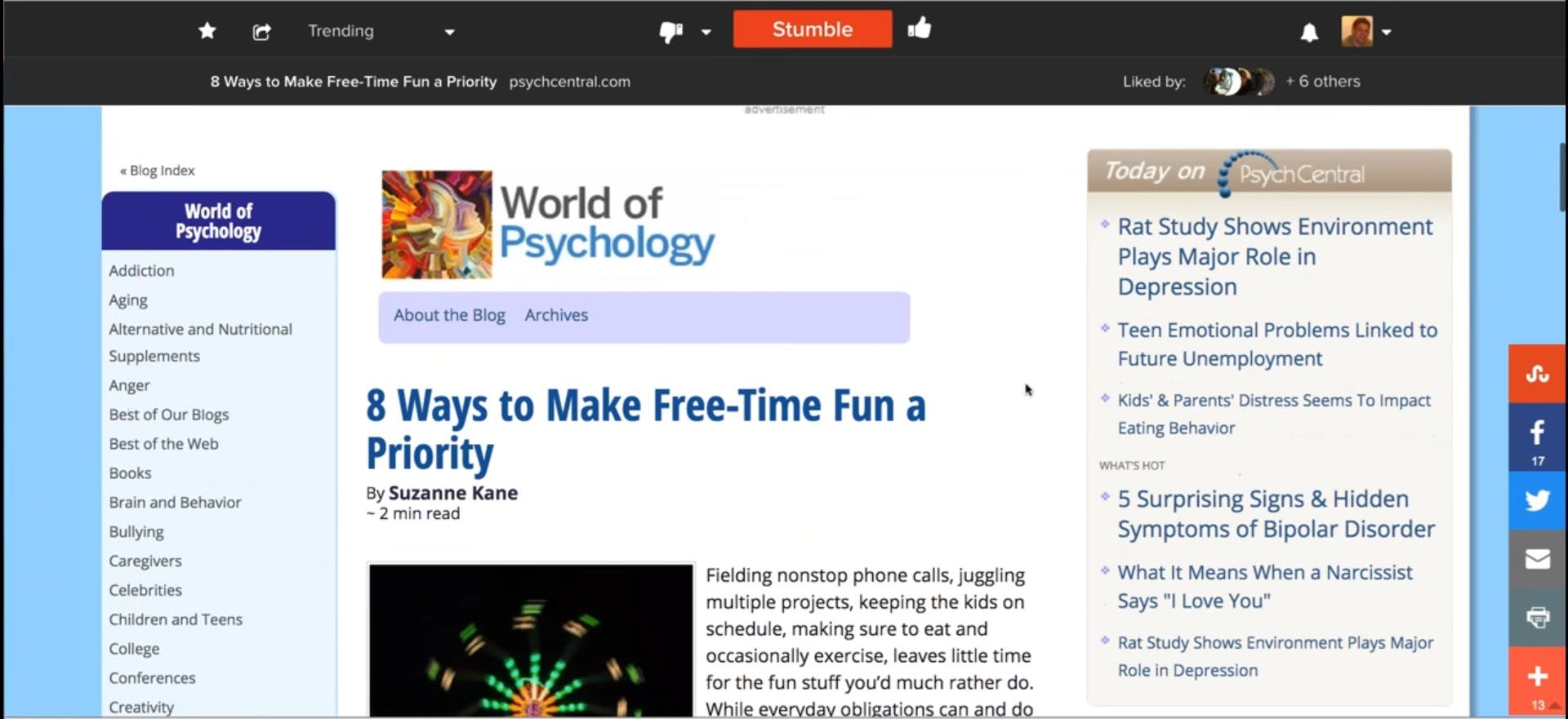
StumbleUpon encouraged truly exploring everything the web had to offer. You could choose your interests and crawl endless web pages about them. The browser extension offered everything from e-commerce to informational to academic pieces. If you’ve ever fallen down a rabbit hole by pressing the random article button on Wikipedia, you can understand why this was really fascinating. Founded in Calgary, Canada back in 2001, the site stayed with us until its dissolution in 2018, another casualty of the self-contained social network era.
Television Without Pity
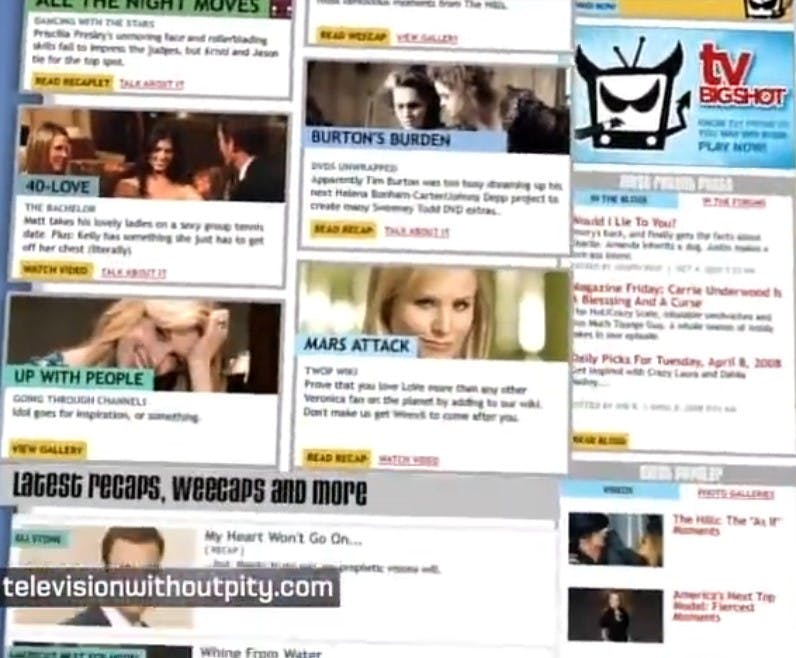
Among beloved defunct websites, Television Without Pity was one of the highest regarded. It was one of the internet’s first dedicated places to discussing and dissecting TV’s hottest shows. TWP combined journalistic criticism and consideration of shows with message boards to really shake up conversations.
Knowing that it was initially created as a site dedicated to reviewing Dawson’s Creek gives it a +5 in nostalgia. Many people seek out the site’s archive for its discussion and analysis years after it was shuttered.
Pets.com
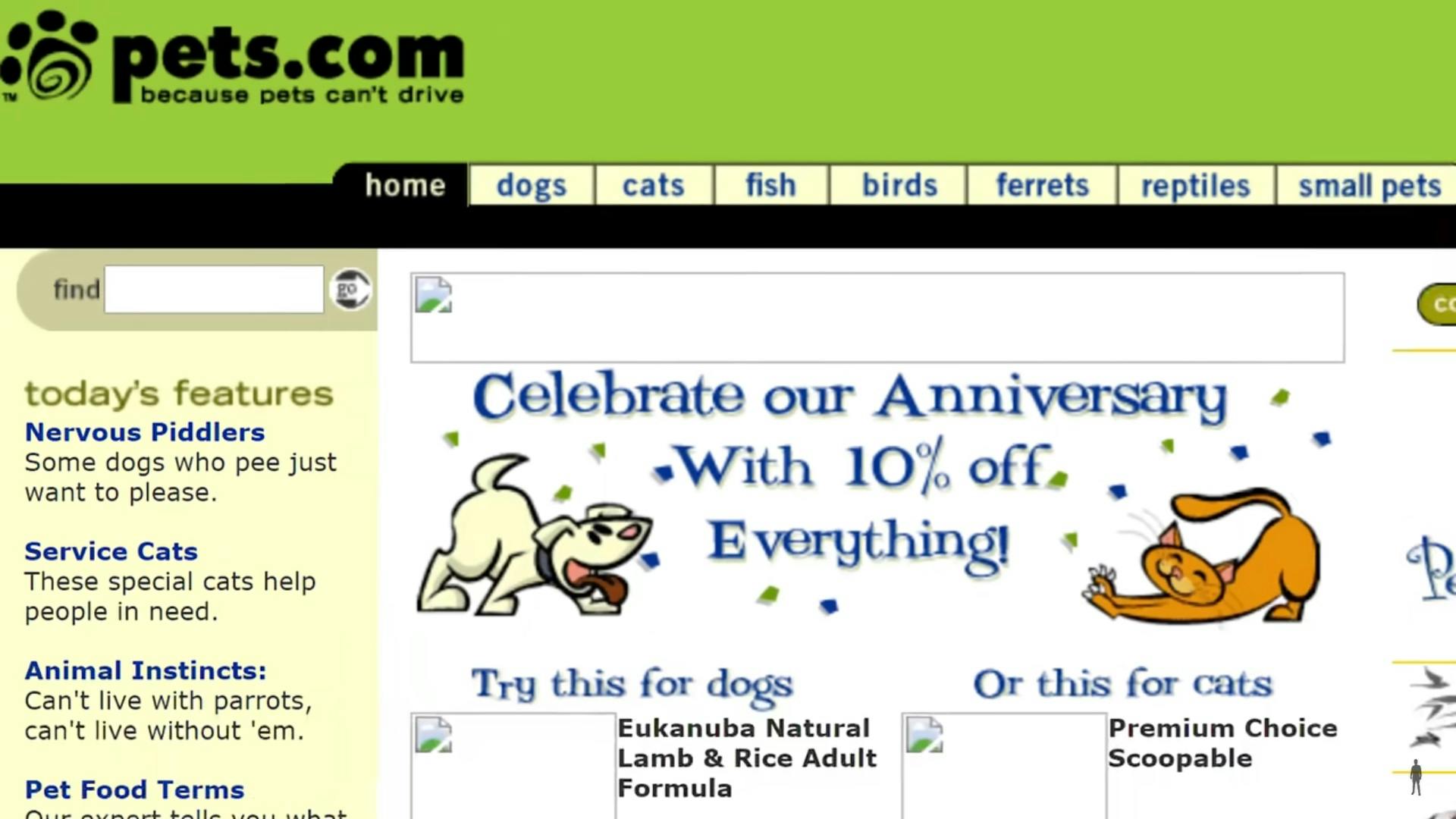
Pets.com started out as an e-commerce and message board space for pet lovers to learn about their little ones, share their knowledge on furry friends, and find the best prices for their needs. But by throwing the kitchen sink at marketing their site, Pets.com became so much more.
The Pets.com mascot became a beloved figure in pop culture due to its constant appearances on television in the ’90s. It appeared in countless commercials and got the media tour treatment, was made into a toy in its own right, and was even a float in the 1999 Macy’s Thanksgiving Day Parade.
Grooveshark
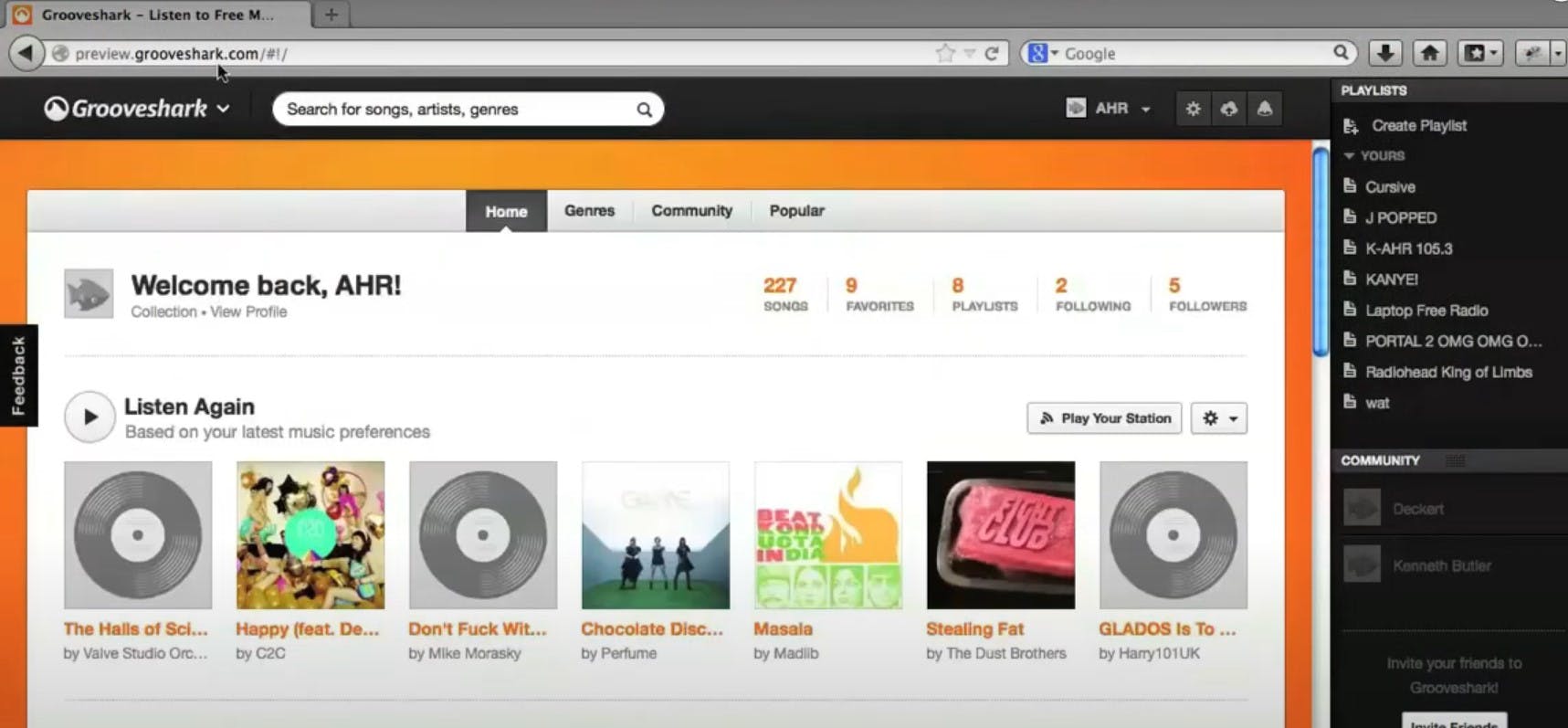
Grooveshark was a special place to find new music. Many will tell you that it walked so that Spotify and Apple Music could run. Grooveshark offered genre-specific radio station and made recommendations based on music you liked and listened to.
Grooveshark was great for finding deep cuts, remixes lost to time, and other hard-to-find music before so many options were available. But like all good things, Grooveshark was tanked by the music industry in 2015 as part of a copyright settlement with Universal, Sony, and Warner Music Group.
Club Penguin
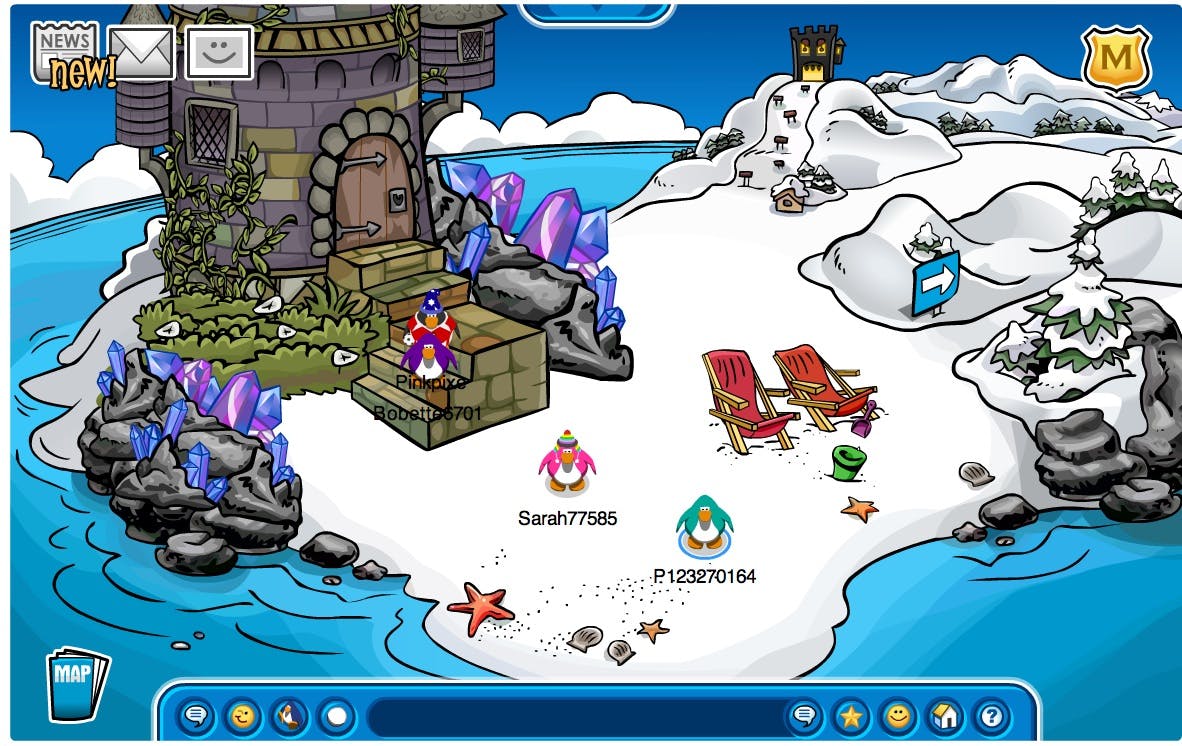
Club Penguin provided a true space for community and gaming for a particular generation of kids. Heavy moderation made for some funny moments, but also made for a genuinely safe community for kids to have fun and explore socializing.
Of all the defunct websites, Club Penguin is arguably one of the most widely missed for the young Millennial and Gen Z generations. Its virtual worlds delighted young audience from 2005-2017. A revamped version returned in 2017, only to be shut down for good in 2022.
AbsolutePunk.net
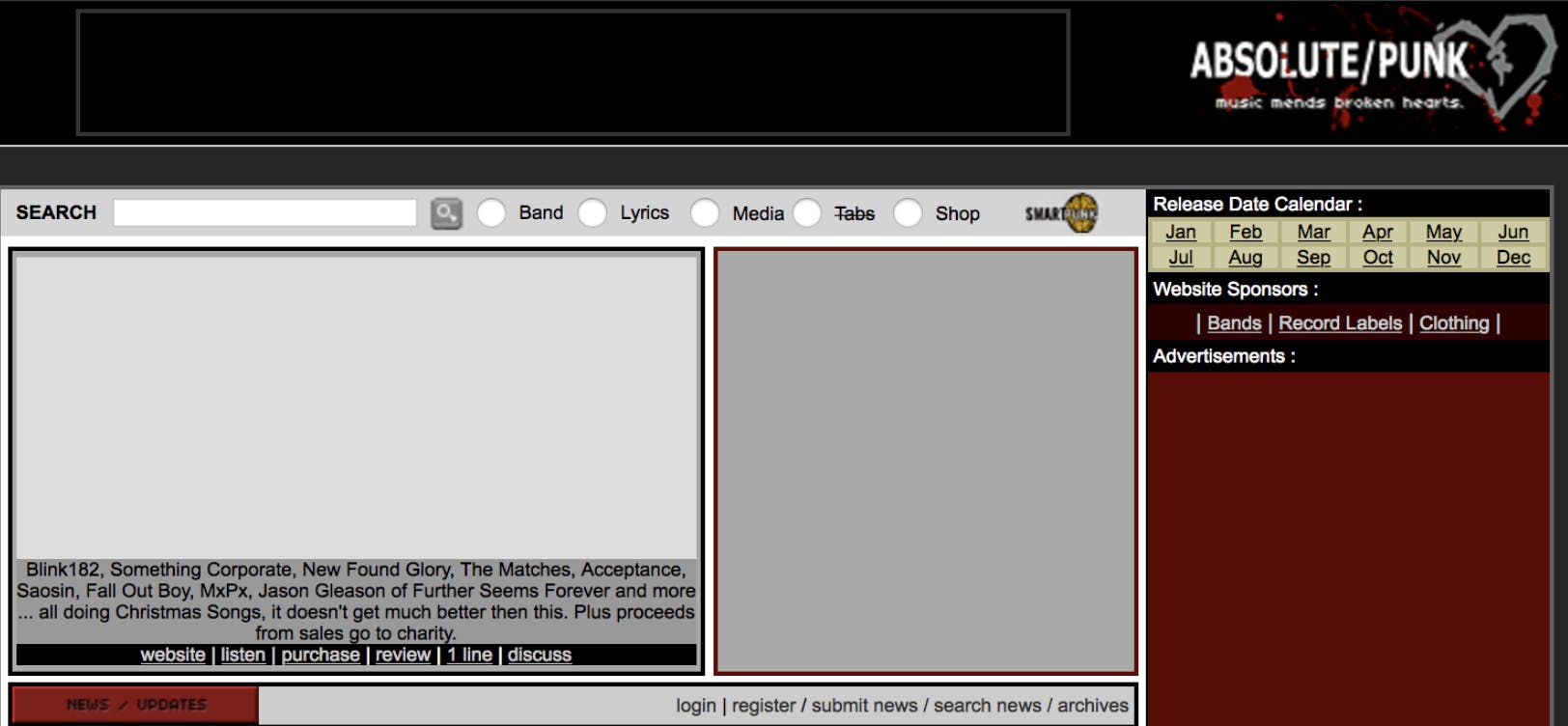
AbsolutePunk served as a home for the alternative community online for almost two decades with their tag line providing the vibes you could expect to see there: “music mends broken hearts.”
It provided nonstop news and analysis on punk and emo artists, as well as a highly active message board for the community to discuss their favorite artists. There were also opportunities for fans to connect with the hottest bands of the moment online, interviews with artists, and many emo meet-ups across the globe.
Omegle
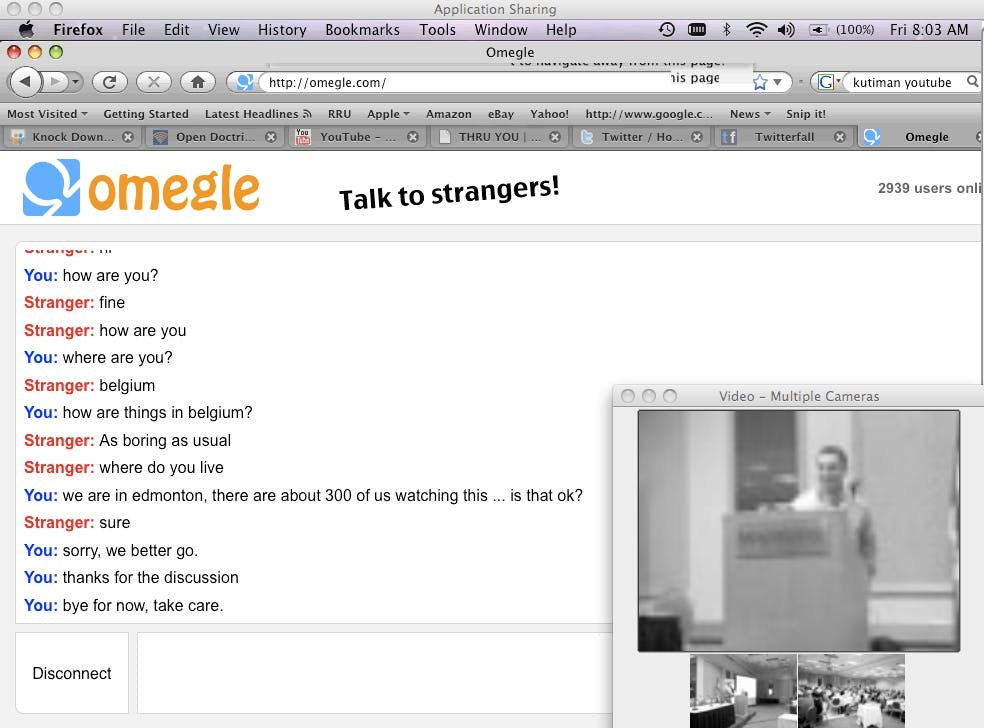
Omegle allowed you to talk to anyone in the world with one exception: you just wouldn’t know who they were. It took the randomization of StumbleUpon and combined it with the chatroom environment of AOL’s heyday and combined them. You could engage in a random video or text chat, which made for a lot of surprises ranging from hilarious to disturbing.
While a lot of people dismissed it as creepy—and not wrongfully so—some people were genuinely delighted by the ability to engage in random conversation and have the power to disengage at any time.
Formspring
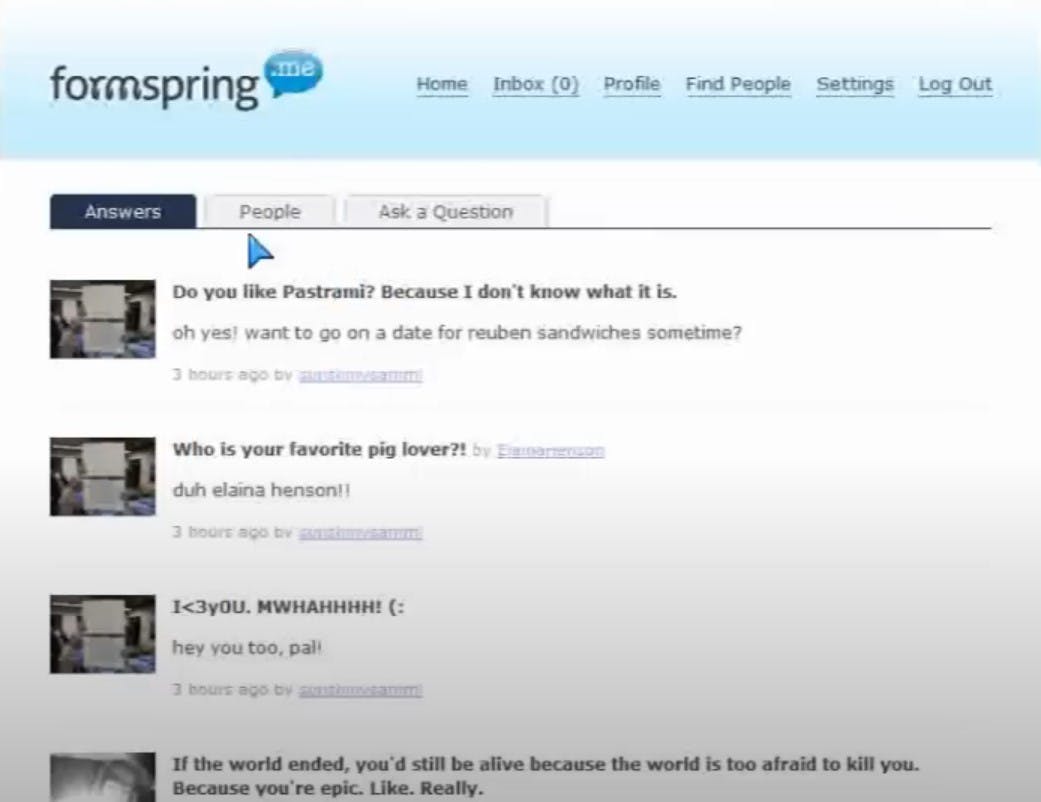
Formspring was designed to help people get to know one another. At its most basic description, it was a site where users could ask each other questions anonymously.
The intention was earnest, and for some people, it provided entertainment and connection. Sadly, Formspring’s eventual downfall came from its negative use, as it became a tool for bullies to taunt targets, especially for teenagers. The network reigned from 2009 to 2013, when the whole site shut down on April 15. The content was likewise wiped, too.
The internet is chaotic—but we’ll break it down for you in one daily email. Sign up for the Daily Dot’s web_crawlr newsletter here to get the best (and worst) of the internet straight into your inbox.


